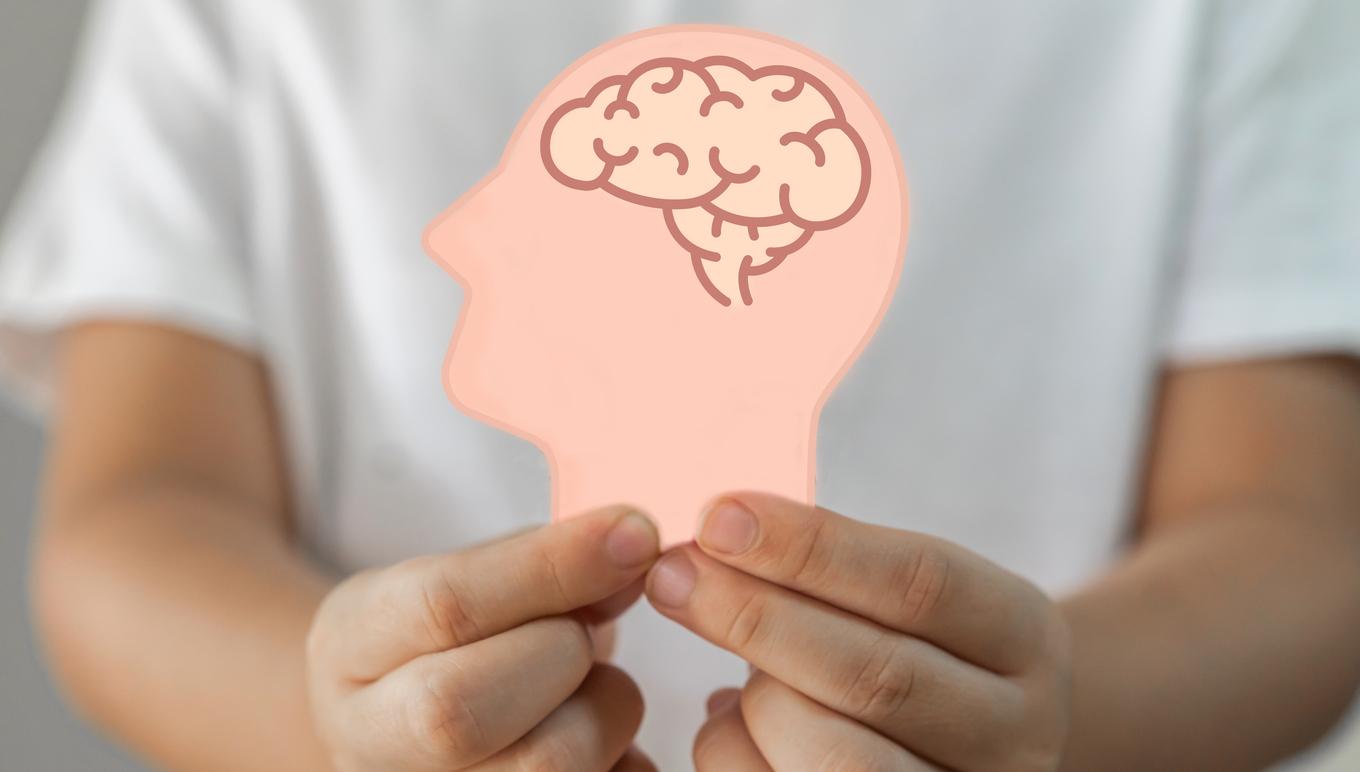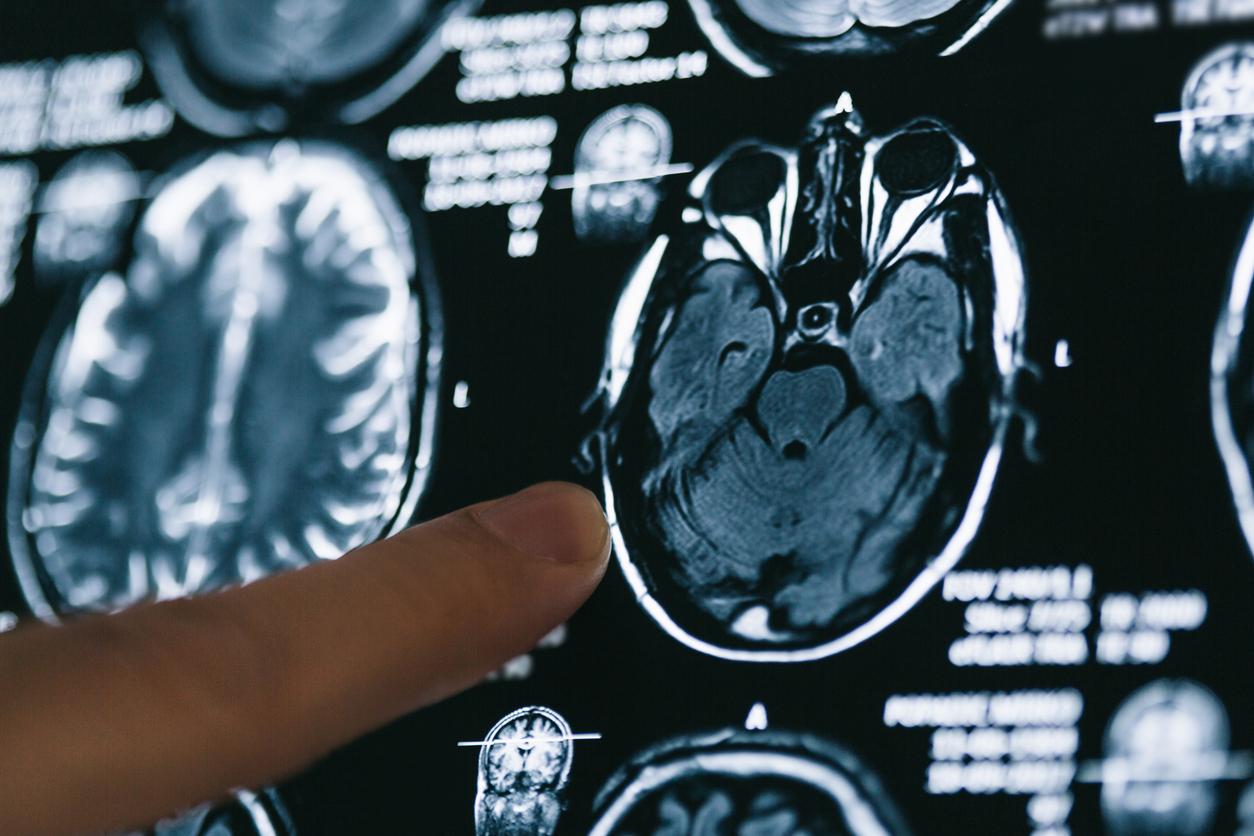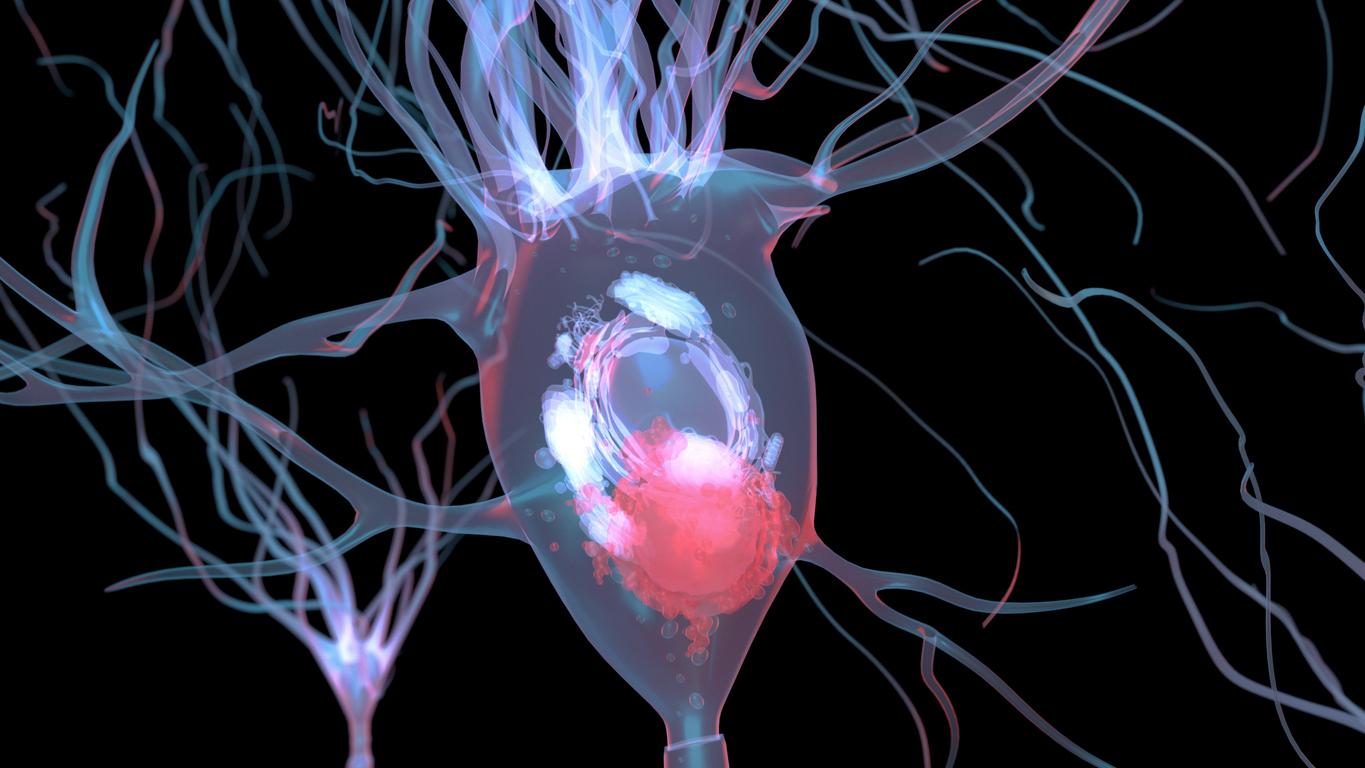The use of an application based on scrolling images including animals to detect early signs of Alzheimer’s has been authorized by the American FDA.

- Ancestral Human-Animal Relationship Allows the Brain to Detect an Animal’s Image in Less Than 200 Milliseconds
- It is on this ability to detect quickly – or not – that the possibility of diagnosing a cognitive disorder depends.
Detect signs of Alzheimer’s disease by showing images among which one must identify those representing animals? The idea may seem -too?- simple. Yet this is the principle used in an application which the US FDA has just authorized for use to identify early cognitive disorders. “Early detection and follow-up of patients with mild cognitive impairment and Alzheimer’s disease are critical to combating dementia and benefiting patients, caregivers, and healthcare providers,” the authors of the study from which the FDA issued its authorization.
The principle consists of presenting on a tablet a hundred images scrolling at a very rapid rate (a few hundredths of a second per image) and asking the patient to classify them as images of animals or as other images. An apparently simplistic exercise that may resemble an early learning game for young children, but which is based on a peculiarity of humans: their ability, with a normally functioning brain, to react in just a few milliseconds (precisely 200 milliseconds) to stimuli animals.
A tool for people who are starting to have memory problems
But where does this reactivity of our brain to the animal image come from? “Ancient humans had to either flee them because they represented a mortal danger, or hunt them down for food”, explain the designers of this application. It is therefore from this ancestral reflex that their tool was designed for people who are beginning to experience memory problems and who want to know if they are at risk of developing a cognitive disorder such as Alzheimer’s disease. .
“During the test, the brains of the participants in the development of this application were observed by MRI and this showed that the work of image recognition engages brain areas that are anatomically identified as being among the first areas affected in early stages of Alzheimer’s disease,” the researchers point out. And the tests carried out showed that people with mild cognitive impairment had a reaction speed to identify animal images that was much slower than that of participants without any impairment.
It remained to find a solution to prevent patients whose evolution of cognitive abilities is monitored over a fairly long time from “cheating” with this application by memorizing the order of presentation of the images in order to give the correct answer, animal image or other picture. The solution, also simple in principle, was to randomize the scrolling of the images!

.

















